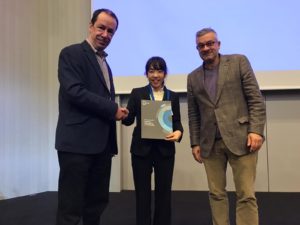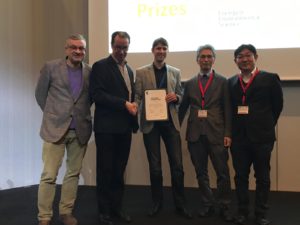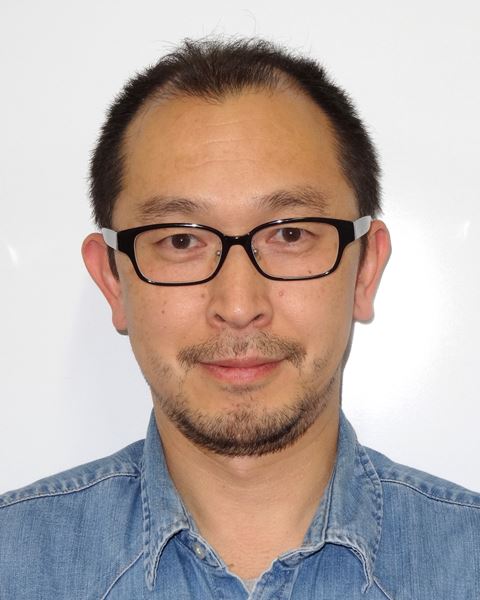We are happy to present a selection of our HOT articles for February. To see all of our HOT referee-recommended articles from 2019, please find the collection here.
As always, Chemical Science articles are free to access.
Cooperativity basis for small-molecule stabilization of protein-protein interactions
Pim J. de Vink, Sebastian A. Andrei, Yusuke Higuchi, Christian Ottmann, Lech-Gustav Milroy and Luc Brunsveld*
Chem. Sci., 2019, 10, 2869-2874
DOI: 10.1039/C8SC05242E, Edge Article
______________________________________________________
Deepak Dange, Andrew R. Gair, Dafydd D. L. Jones, Martin Juckel, Simon Aldridge and Cameron Jones*
Chem. Sci., 2019, 10, 3208-3216
DOI: 10.1039/C9SC00200F, Edge Article
_________________________________________________
Catalytic Radical Difluoromethoxylation of Arenes and Heteroarenes
Johnny W. Lee, Weijia Zheng, Cristian A. Morales-Rivera, Peng Liu* and Ming-Yu Ngai*
Chem. Sci., 2019, 10, 3217-3222
DOI: 10.1039/C8SC05390A, Edge Article
_________________________________________________
Artur F. Izmaylov,* Tzu-Ching Yen and Ilya G. Ryabinkin
Chem. Sci., 2019, 10, 3746-3755
DOI: 10.1039/C8SC05592K, Edge Article
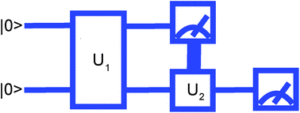
______________________________________________________
A dinuclear ruthenium(II) phototherapeutic that targets duplex and quadruplex DNA
Stuart A. Archer, Ahtasham Raza, Fabian Dröge, Craig Robertson, Alexander J. Auty, Dimitri Chekulaev, Julia A. Weinstein, Theo Keane, Anthony J. H. M. Meijer, John W. Haycock,* Sheila MacNeil* and James A. Thomas*
Chem. Sci., 2019, 10, 3502-3513
DOI: 10.1039/C8SC05084H, Edge Article
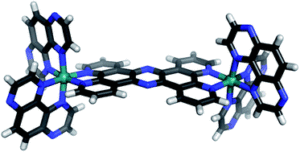
______________________________________________________
Facile synthesis of AIEgens with wide color tunability for cellular imaging and therapy
Wenhan Xu, Michelle M. S. Lee, Zhihan Zhang, Herman H. Y. Sung, Ian D. Williams, Ryan T. K. Kwok, Jacky W. Y. Lam, Dong Wang* and Ben Zhong Tang*
Chem. Sci., 2019, 10, 3494-3501
DOI: 10.1039/C8SC05805A, Edge Article
______________________________________________________


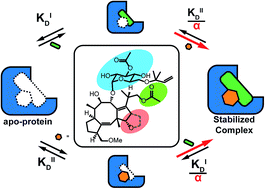
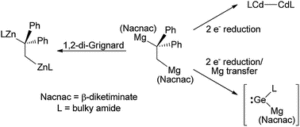
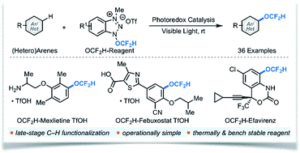
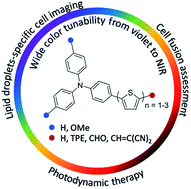









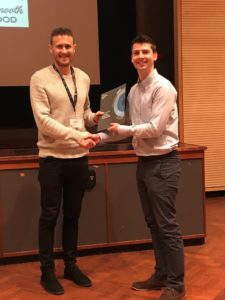
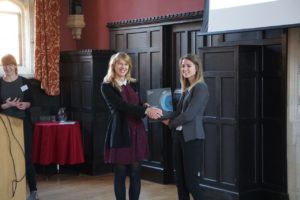
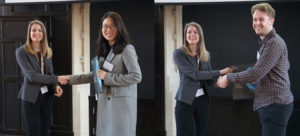
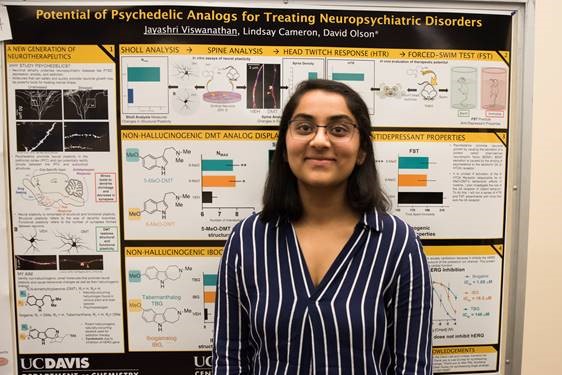

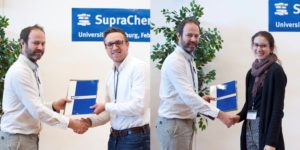
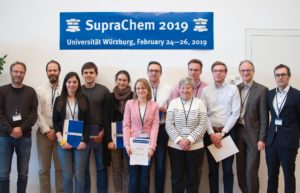
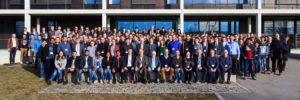
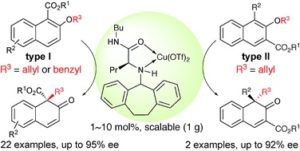
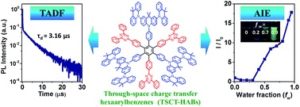

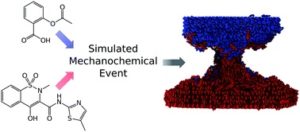
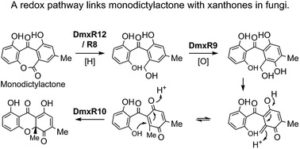
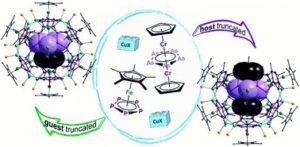

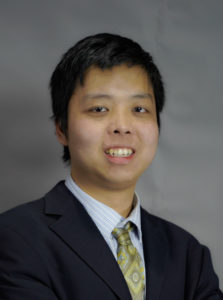 Tianyu Liu obtained his Ph.D. (2017) in Chemistry from University of California, Santa Cruz in the United States. He is passionate about scientific communication to introduce cutting-edge research to both the general public and scientists with diverse research expertise. He is a blog writer for Chem. Commun. and Chem. Sci. More information about him can be found at
Tianyu Liu obtained his Ph.D. (2017) in Chemistry from University of California, Santa Cruz in the United States. He is passionate about scientific communication to introduce cutting-edge research to both the general public and scientists with diverse research expertise. He is a blog writer for Chem. Commun. and Chem. Sci. More information about him can be found at 